Belarus–Poland border as battleground of great powers China’s Belt and Road faces hurdles
A serious obstacle to international trade emerged following Poland’s recent closure of border crossings with Belarus. However, they were reopened during the night from September 24 to 25. The question remains — for how long?
A Polish shield over the Western Bug instead of an “Iron Curtain”?
In today’s turbulent world, tensions have flared along yet another front. The formal reason for closing the Belarus–Poland border was the Zapad-2025 military exercises.
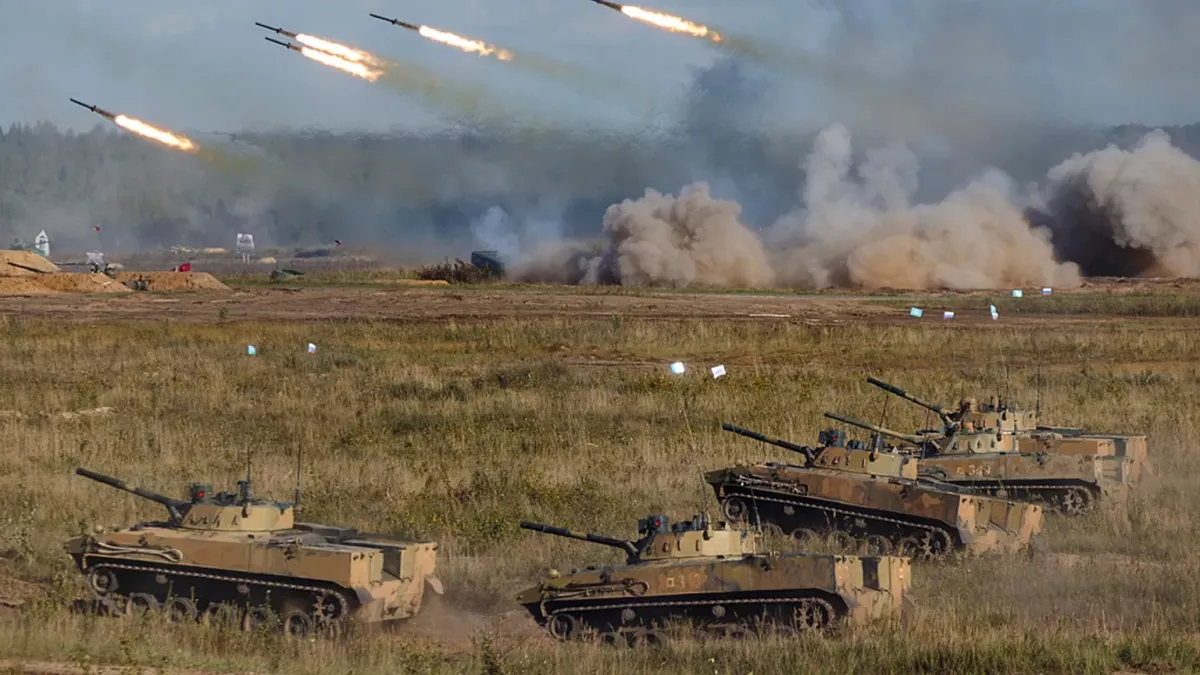
Yet the crossings were blocked even though Minsk, responding to Poland’s negative reaction, reduced the number of participants in these Belarusian–Russian manoeuvres and moved Zapad-2025 from training grounds in the western regions to deeper within the country.
These steps by the Belarusians, however, were not appreciated in Warsaw. On September 12, all road and rail crossings along the Belarusian border were closed. At its Terespol checkpoint, the Polish side installed barbed wire and metal shields, with armed personnel in body armour and helmets standing guard.
On the information front, accusations against Belarus of “hybrid aggression” continued, fueled by the incident involving drones entering Poland. Belarusian air defence specialists, however, had shared information with their Polish counterparts from the outset regarding UAVs moving toward Poland. Yet this did not alter Warsaw’s accusatory tone.
This unfriendly step primarily affected ordinary Belarusians and Poles. In recent years, despite Western sanctions, the flow of people crossing the border in both directions had continued. And despite official calls from the Polish Ministry of Foreign Affairs to avoid Belarus, Polish tourists still willingly visited the calm and peaceful republic.
Border trade brought undeniable benefits to residents of both countries. Moreover, many young Belarusians recently travelled to Poland for work. The border closure struck at the interests of both Polish and Belarusian businesses.
Polish sabre and Chinese belt
The main target of the blockade was the transport of Chinese goods into the EU via the “New Silk Road.” One of the key export routes from China to the West passes through Belarus — 75% of transit cargo through the republic consists of Chinese products.
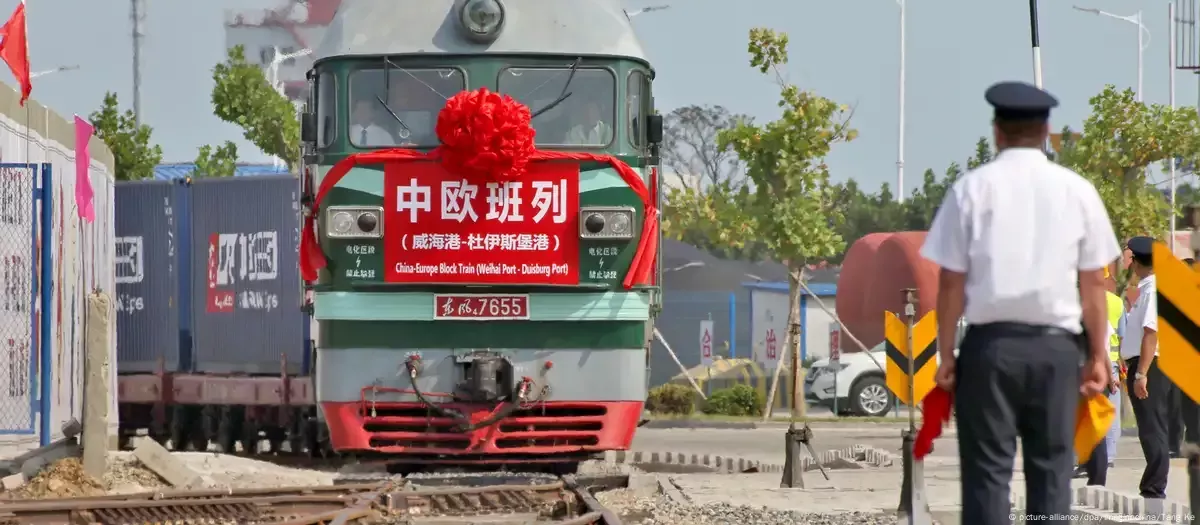
On the Poland–Belarus border, the “China–Europe Railway Express” — a flagship project of China and EU countries — was halted. Since 2013, it has completed over 110,000 trips, transporting goods worth more than $450 billion. Following the border closure by Warsaw, 130 Chinese trains were stranded near Brest.
Concerns arose within Polish society that, during the blockade of the Belarusian border, Polish logistics companies might lose contracts to carriers from Lithuania, which had kept its border open. This lent credence to the view that the current measures were more demonstrative and threatening than practical.
The process of “tightening the screws” did not begin yesterday. Of six road crossings, Poland had closed four — primarily between 2021 and 2023. Today, only two road checkpoints remain operational: Brest–Terespol and Kozlovichi–Kukuryki. Rail freight points at Brest, Grodno, and Svisloch remained functional, but passenger rail service was completely suspended.
In addition, Polish customs officials began deliberately slowing the processing of vehicles, citing “enhanced inspections” and creating multi-kilometre queues. For example, in November 2024, up to 2,000 trucks were backed up at the Kozlovichi checkpoint.
As early as June 2024, then-President of Poland Andrzej Duda, during a visit to Beijing, stated that he did not rule out a complete border closure. During the most recent blockade, there were also hints that movement could be suspended indefinitely.
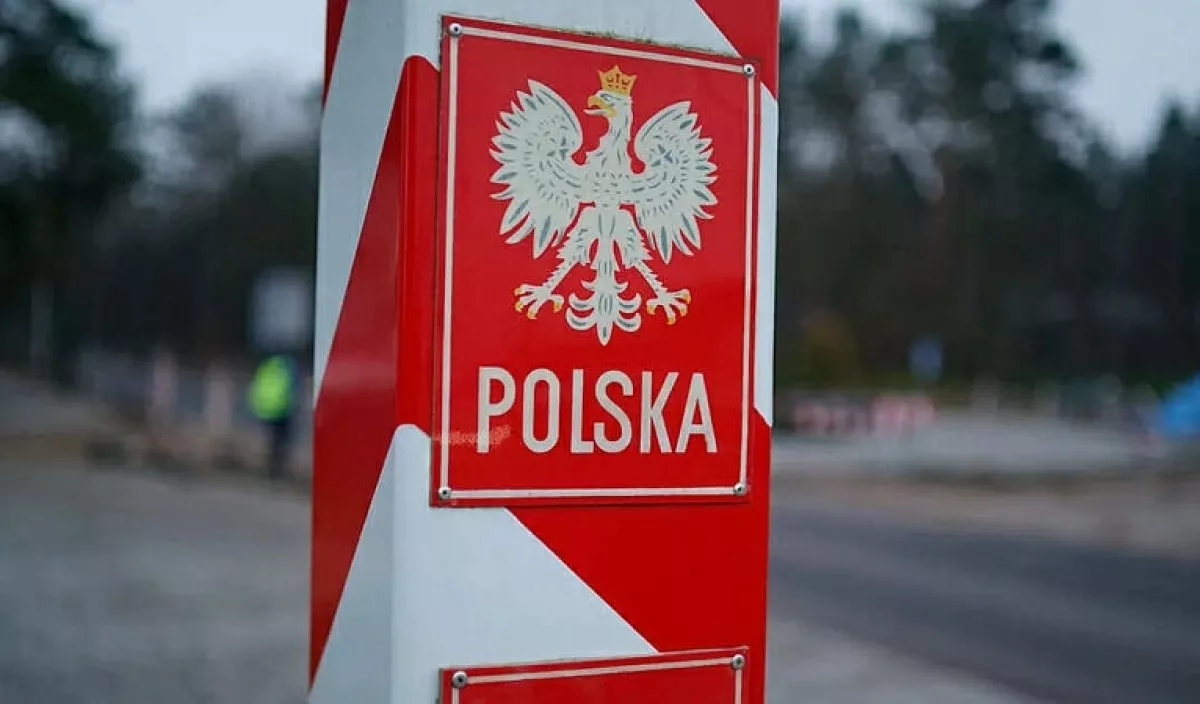
Nevertheless, at 1 a.m. on September 25, Poland reopened the border. Passenger cars began entering the EU from Belarus via the Terespol–Brest checkpoint, while freight trucks carried Chinese, Russian, and Kazakh goods through Kukuryki–Kozlovichi. The other four crossings remained closed. Rail freight connections were also restored along the Grodno–Kuznica-Bialostocka, Svisloch–Semyanivka, and Brest–Terespol routes.
At the Terespol checkpoint, around 100 passenger cars, mostly with Belarusian plates, were lined up to exit, while about 3,000 cars queued for entry. At the Kukuryki crossing, trucks began accumulating in the morning, reaching around 400 by evening.
Belarusian border guards and customs officials increased shifts and began processing vehicles and citizens several hours before the checkpoints officially opened.
Polish Prime Minister Donald Tusk stated that the reasons for the closure “no longer exist.” However, with rising tensions, the border could be closed again. Thus, the sharp Polish sabre remains raised over the Chinese Silk Belt.
Alternative routes for the China–Europe Express
Why does the Polish government open and close the border like a swinging gate? After all, it is hardly possible to call Poland fully independent and sovereign… The main reason for the blockade is the struggle against China’s economic growth. Unable to compete within market rules, some Western circles have long employed all sorts of measures against China. There is a view that the threat to the “New Silk Road” is also demonstrated to exert pressure on Beijing in global politics.
However, the West is not unified on the China issue. Many in the EU depend on economic cooperation with China. Meanwhile, the Polish government, carrying out a mandate to pressure Belarus and China, finds itself caught between a rock and a hard place.
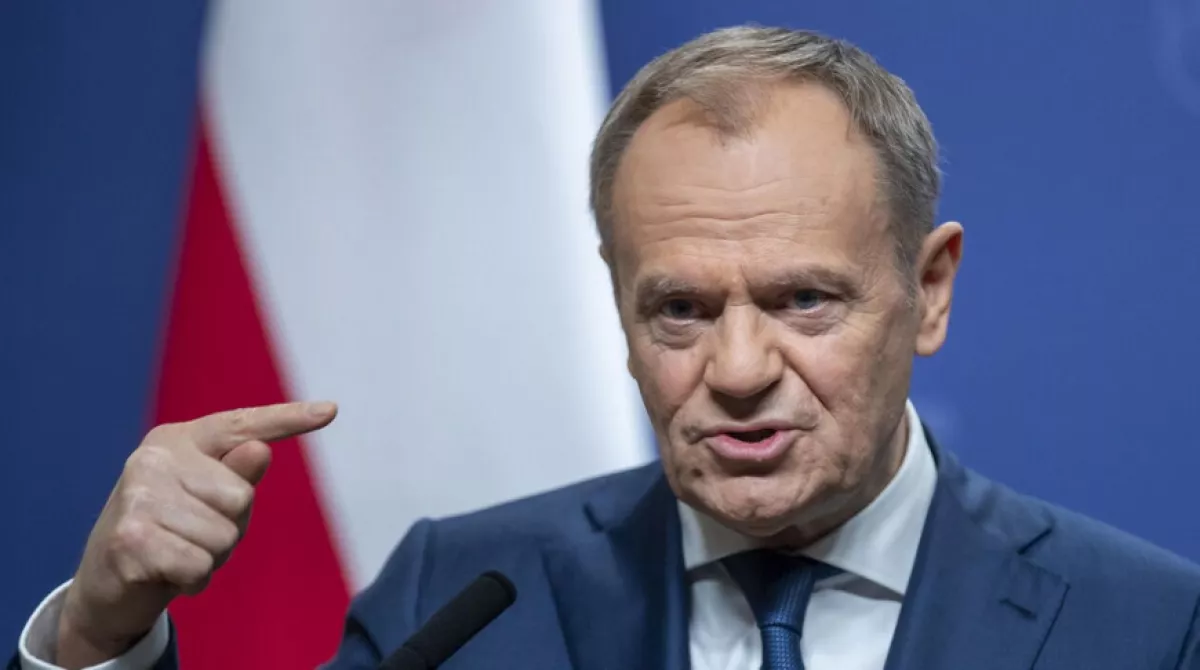
Discontent was also expressed by Polish carriers, who suffered losses due to Tusk’s foreign-policy manoeuvres. When announcing the reopening of the border, the Prime Minister noted the interests of national carriers, including PKP Cargo — the largest railway operator in Poland and the second largest in the EU.
Opposition MPs from the Confederation and Sejm Vice-Speaker Krzysztof Bosak stated that the decision to close the border was made without consulting the transport sector. As a result, around 1,500 Polish trucks were stranded in Belarus. According to carriers, each day of downtime cost them €450.
Bosak expressed outrage: “The border is closed in such a way that Polish carriers have no way to return home… We demand the immediate return of Polish drivers and trucks. Poland cannot close its borders to its own citizens.” Julita Sołtysiak, Deputy Director of PKP Cargo, noted that the blockade would negatively affect the “New Silk Road.”
Beijing responded swiftly. A few days after the border closure, Chinese Foreign Minister Wang Yi arrived in Warsaw and met with Radosław Sikorski. Chinese Foreign Ministry spokesperson Lin Jian expressed hope that the Polish side “will take concrete measures to ensure uninterrupted train movement and the stability of supply chains.”
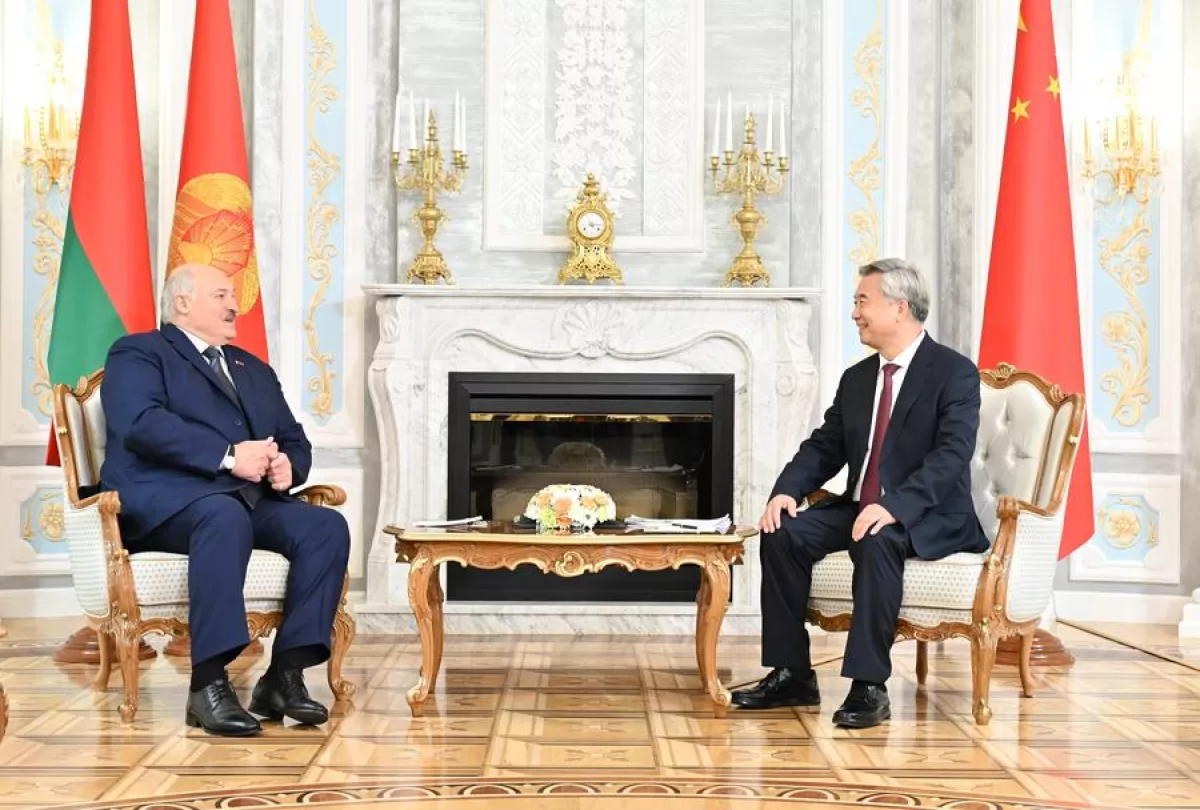
On September 22 in Minsk, Belarusian President Alexander Lukashenko met with Li Xi, a member of the Standing Committee of the CPC Politburo. Lukashenko stated, “Poland is playing the role of a Trojan horse in favour of other countries,” describing the border closure as an unfriendly move against China.
Belarusian political analyst Alexey Belyaev noted: “Alexander Lukashenko held a private discussion with the guest from China. I believe he shared information about conversations with the U.S. and Trump’s envoys, because this is of great interest to China.”
According to experts, the Chinese side may have used this information in negotiations with Warsaw. Pressure on Poland also came from the European Commission, as the blockade affected the interests of European businesses.
Meanwhile, China is drawing conclusions: alternative routes are needed. Chinese carriers are increasingly considering paths through the Caspian region and Türkiye. Interest in maritime transport has also grown during the blockade, but shipping takes 40–50 days, whereas the railway route through Brest takes approximately 25 days.
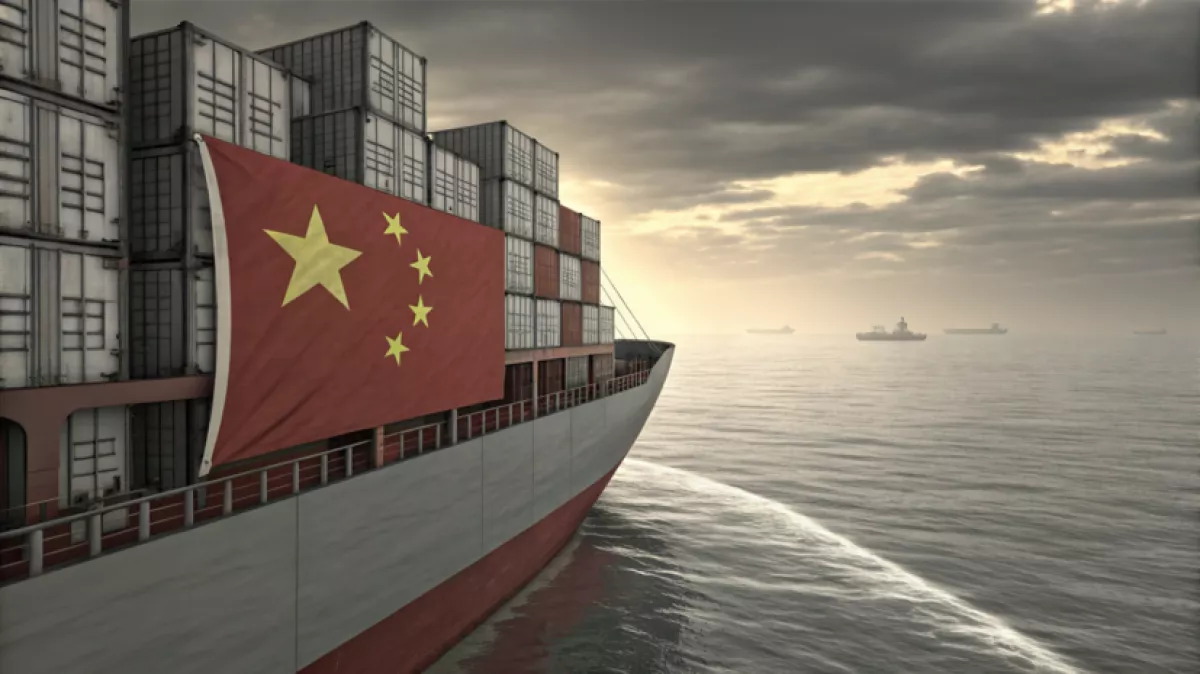
It is no coincidence that the closure coincided with the launch of the world’s first express container route from China to Europe via the Arctic. However, the “China–Europe Express” remains more flexible and convenient for small and medium-sized shipments.
It seems that the current blockade is just the first round in a larger game against China’s Belt and Road Initiative. Further actions can be expected, likely with higher stakes. Belarus has once again become the centre of East–West confrontation, while Poland is cast in the role of a compliant tool in the economic struggle against China. Meanwhile, the losses suffered by the country and ordinary Poles appear to concern no one…








